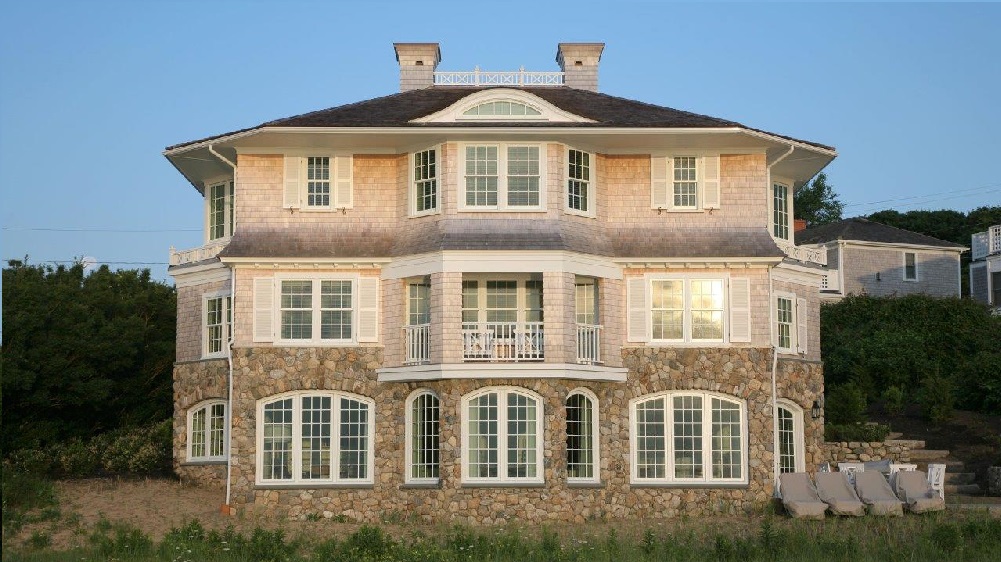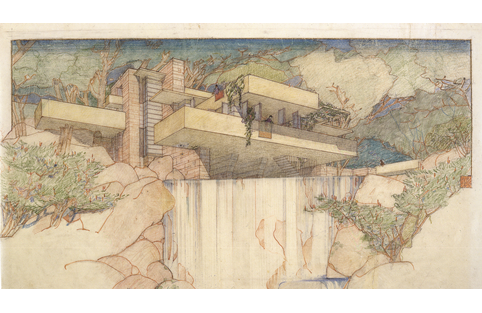Sometimes, the direction of a nation’s evolution can pivot on one person being in the right place at the right time.
Take Andrew Jackson Downing, a mid-19th-century architect, landscape architect and visionary, for example.
He was brought up in his family’s nursery business in Newburgh, N.Y., 50 miles north of New York City on the Hudson River. There, he watched immigrants and newcomers cross the river to make their way west, en route to developing Ohio and the territories, including California. At the nursery, they picked up seeds, plantings and cuttings for vineyards and orchards.
From the young Downing, they could also get landscape design services.
“He had multiple talents and he saw multiple needs,” says Caren Yglesias, AIA, author of a new book on Downing called The Complete House and Grounds, published by the Center for American Places at Columbia College Chicago and distributed by the University of Chicago.
He would publish The Horticulturalist magazine from 1846 through 1852, as well as four books, including Cottage Residences in 1842 and The Architecture of Country Houses in 1850. In the process, he became something of a celebrity. His publisher pronounced his work the best read documents of that time, after the Bible.
“He saw a need and he spoke to it,” Yglesias says. “He was covering the same territory through two vehicles, which is common today, but unusual back then.”
Technically neither an architect nor landscape architect, since there were no formal programs at any American schools, nonetheless Downing would become the authority an expanding nation could look to for counsel and expertise.
“He’s credited with having more to do with establishing the state of California than the Gold Rush,” she says. “His books established a nomenclature for fresh fruit that could be grown 10 months out of the year. We’re still trying to get back to that.”
Perhaps the most lasting legacy of his brief career (he would drown at the age of 36 in 1852) are the Gothic, Tudor and Italianate cottages and garden plans contained in his Cottage Residences. He believed the origins of dwelling were the three building types – the cave, tent and hut – each an aspect of the person’s character who would live within.
In Downing’s work,Yglesias interprets the hunter seeking a secure place to sleep and live as one who would find the cave type, built as an alcove, appealing, while the reflective wanderer might like the transparency of a tent-like porch, and those seeking permanence would want their hut to contain the devices that made life comfortable and convenient.
“He was looking for a way of building and a way of life,” she says. “He understood that setting up a homestead and a household required things like fruit trees – and that you only wanted to do that once.”
For that, he could be called America’s first visionary for sustainable living.
Tomorrow: Downing, Vaux – and Olmsted.
For more information, go to http://www.press.uchicago.edu/ucp/books/book/distributed/C/bo12387437.html
[slideshow id=636]


